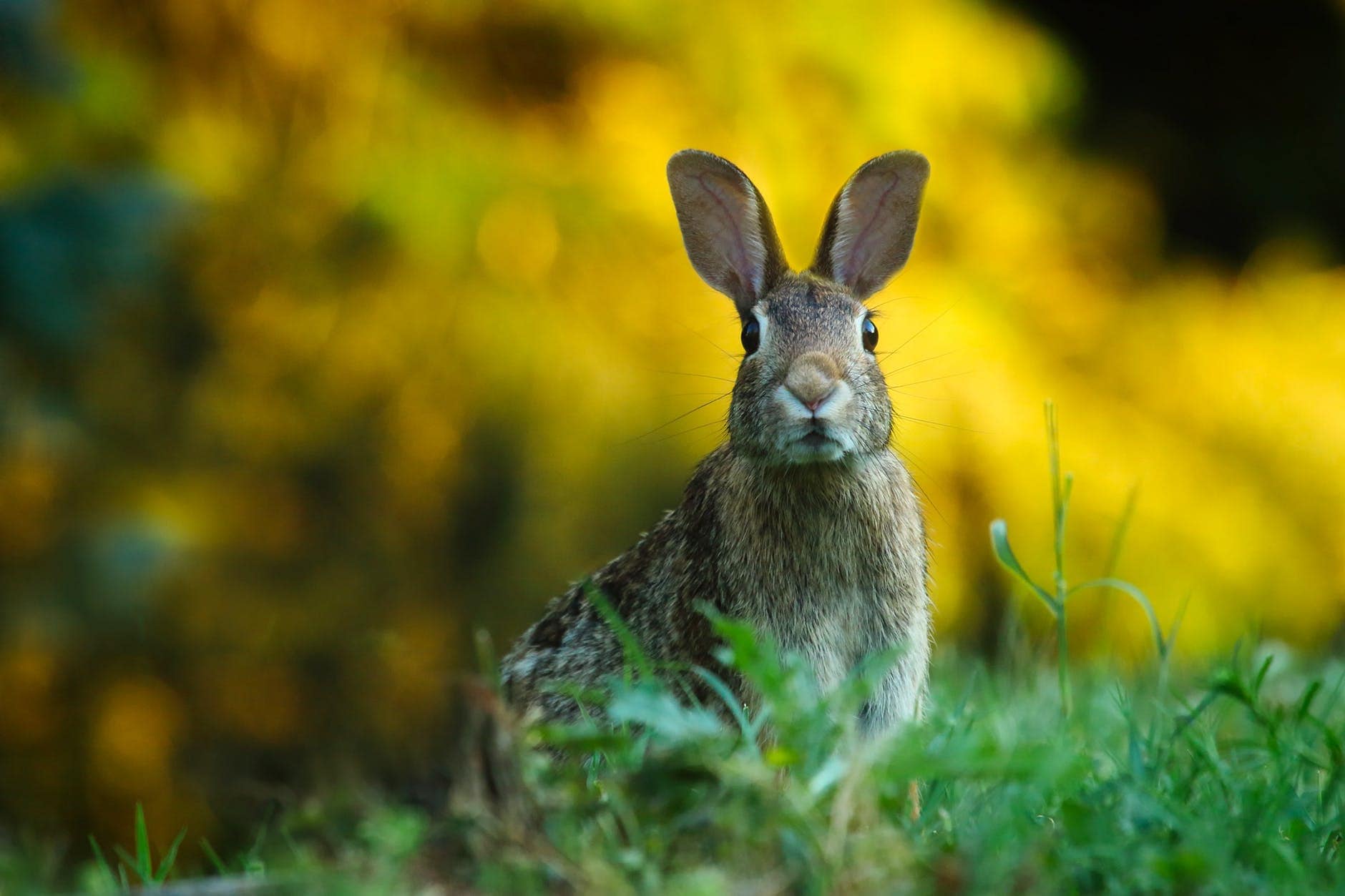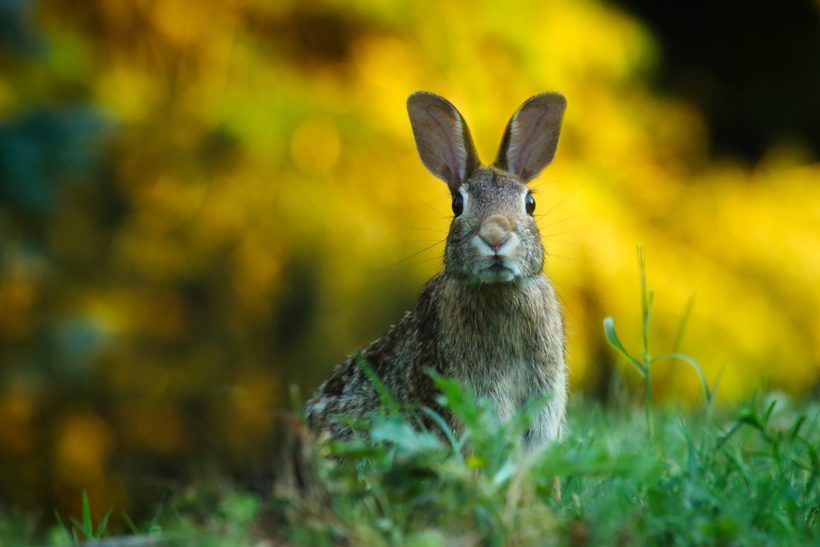Backyard Wildlife Sanctuary Part I: Beginner’s Guide
Allowing nature to flourish is all about balance. While you might want to optimize your yard for wildlife, you don’t want to make it too inviting. Keeping critters at an arm’s length is part of keeping them wild. So how do you create habitat that benefits both human and nonhuman animals? Let’s explore some options you can incorporate into your normal yard care routine.

When spring cleaning extends outside the house, make sure you leave some space for the critters that call your backyard home, too. Nature knows no boundaries and your property lines are no exception. I guarantee that your living space is already less of a “space” and more of a jam-packed and vibrant ecological community.
(If the words “yard care routine” have already scared you – don’t worry! Most of these are probably less work than what you already do.)
1. Ditch the pesticides
If you’ve ever Googled eco-friendly lawn care this will come as no surprise. Pesticides, as the name implies, are made to kill animals and plants that we humans consider to be pests. These may be bugs that cause damage to plants or crawl in places we preferred they didn’t, or rodents that dig inconvenient holes straight into our prized tomato garden. These so-called pests are often just natural residents that serve critical ecological functions.
Rather than spreading toxic chemicals across the landscape (which ultimately end up in the soil and water), use natural deterrents to change the conditions that are allowing the species to thrive. Toxic chemicals can also bioaccumulate in the environment, meaning what started as a diluted solution can end up concentrated in the bodily tissues of species higher up the food chain.
2. Leave half for the earth
The easiest way to manage your property for wildlife is to not manage it at all. Lawns are inherently unnatural, so reducing your lawn area as much as possible allows beneficial habitats like meadows and early forest habitats to rebound. Less mowing also means less noise and air pollution for you and your family, plus a native landscape requires far less water and produces less yard waste. Rather than clearing out dead and dormant grasses, shrubs, and trees, leave them for wildlife.
Birds and small mammals use the structure of low plants for protection and foraging while dead standing trees, or snags, provide shelter and nesting space for countless species. Check out the Half-Earth Project (led by expert biologist E.O. Wilson) and find out why you should protect half the habitat under your management for the long-term health of our planet.
3. Remove human food sources
Wildlife needs their food, not ours. When we put out unsecured trash or leave pet food and water bowls out overnight, we invite them into our space and put them in danger. In order to survive, animals must be good at finding sources of food and locating them later. This means that once they know your backyard offers an easy meal (or even smells like it does), they are likely to return time and time again. Intentionally feeding wildlife is not only illegal for most species in New York State, but it can be disastrous to their health leading to malnutrition, an increased risk of disease spread, and unnatural behavior.
Habituated animals have lost their fear of humans and are more likely to become aggressive toward you or your neighbors in pursuit of food, potentially requiring lethal intervention to maintain everyone’s safety. So, make it a habit of cleaning the grease from your grills, feeding your pets indoors, and waiting until the morning to put your trash out on the curb.
We’d love to see your backyard sanctuaries. Send photos and/or a description to nhall@teatown.org and let us know if we can share them on our social media!

About the Author
Nadya Hall, Community Environmentalist
Nadya has her master’s in environmental policy with a focus on human-wildlife coexistence. She is passionate about the conservation of wildlife and wild places through science, advocacy, and environmental education.



Leave a Reply